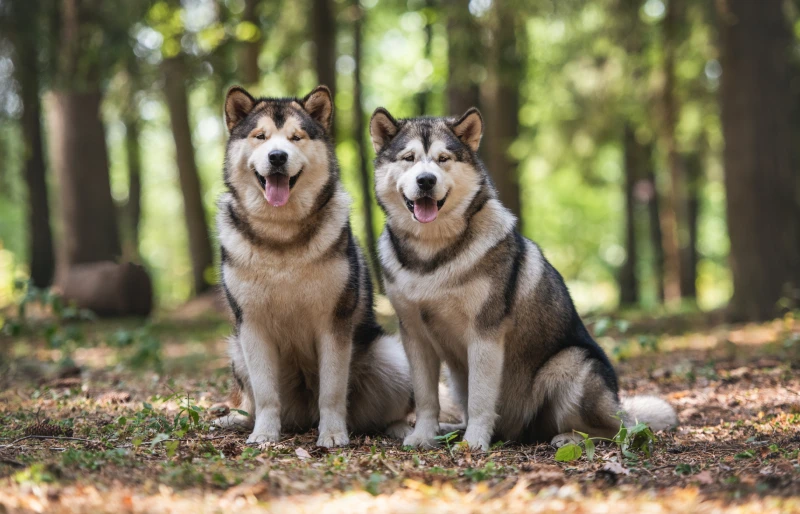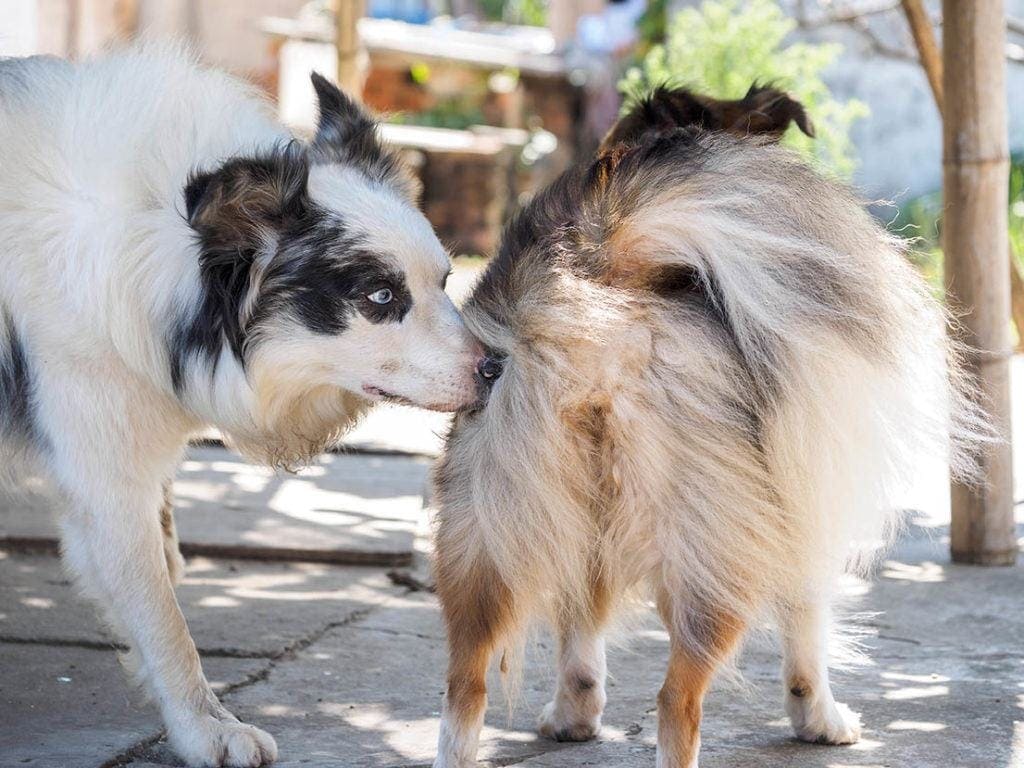Are Alaskan Malamutes Good Apartment Dogs? Breed Requirements & Care Tips

Updated on
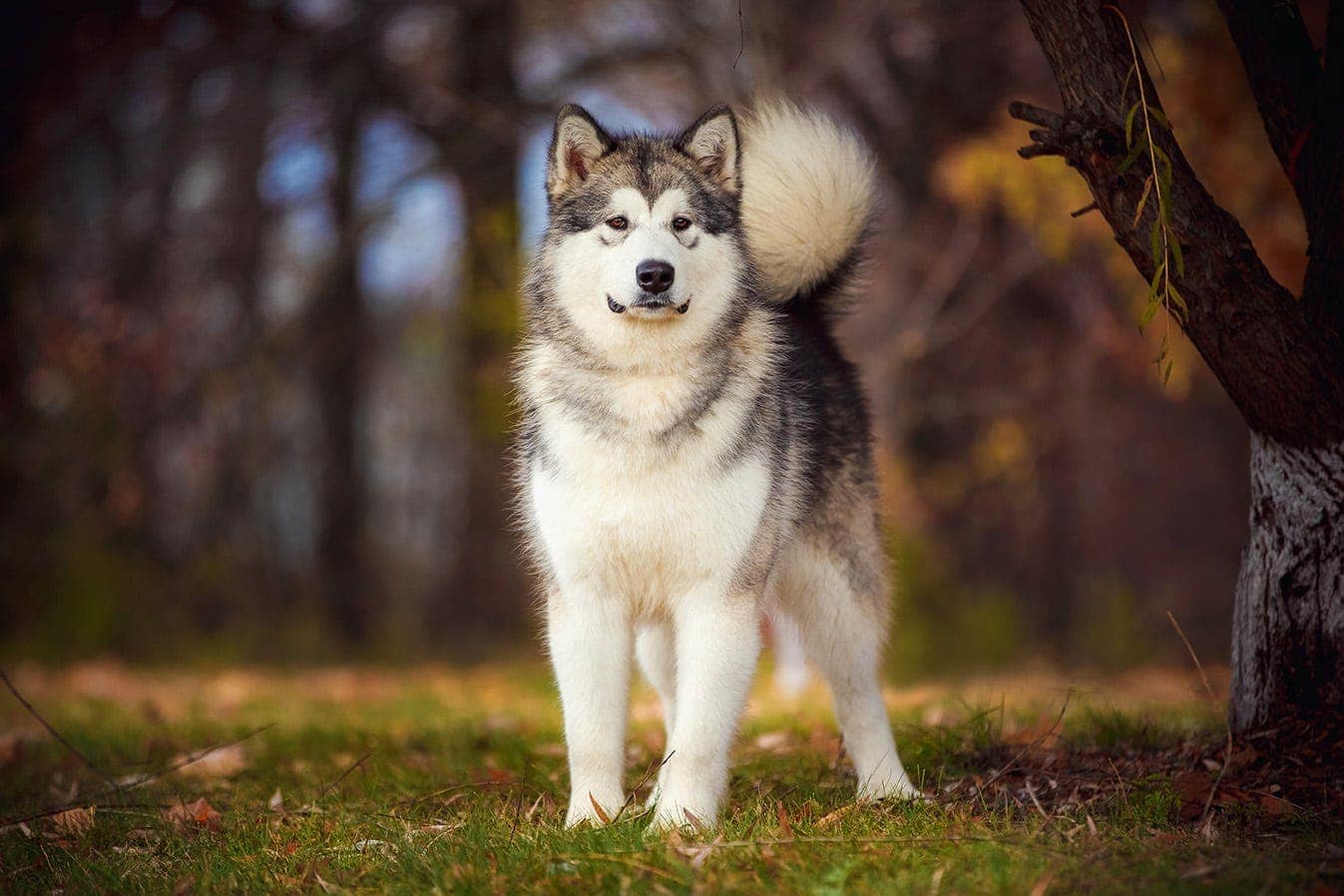
Click to Skip Ahead
You can’t consider getting an Alaskan Malamute without assessing the home you’re giving them. Despite their hardiness, the Mal’s size and energy make them considerably less tolerant of restrictive indoor spaces than many other breeds. More often than not, apartments are a poor fit for Alaskan Malamutes and can easily set you and your dog up for a frustrating experience.
That isn’t to say that making a Mal comfy in an apartment is impossible. It only takes consideration and, in many cases, a little extra effort. If you want this magnificent breed to be a fixture in your space, we’ll discuss why Alaskan Malamutes aren’t good apartment dogs and how you can overcome those challenges to make it work.
Are Alaskan Malamutes Good Apartment Dogs?
Apartments aren’t ideal for Alaskan Malamutes because of their size, limited outdoor space, and proximity to other units. Malamutes need attention and activity like any dog to stave off undesirable behavior.
You can’t as easily make these accommodations for big dogs in a small apartment, especially if you don’t have dedicated outdoor space. If you don’t set them up for success, an understimulated Malamute can make you and your neighbors suffer!
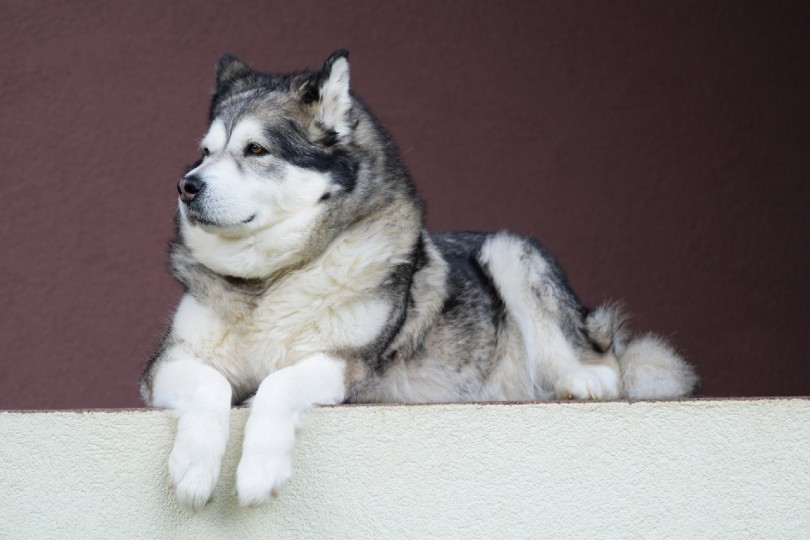
Mals Need Frequent Exercise
Exercise is critical for Alaskan Malamute. They’re hard-working dogs used to having a job, and taking that away can lead to several health and behavioral issues. Adequate exercise isn’t impossible in an apartment, but it’s hardly the most convenient arrangement.
Ideally, a Malamute should get at least 1.5–2 hours of exercise a day split between walks, runs, and more vigorous exercise outdoors. While you can accomplish much of this through walks around the neighborhood, a fenced-in backyard is the best setup for giving them strenuous mental and physical challenges.
The amount and type of exercise a Malamute will need can vary according to the dog’s temperament and breeding line. Some may be fine with a few daily walks, while others need more rigorous activity. Proper exercise is crucial in avoiding destructive behaviors like chewing, howling, and general disobedience, which isn’t always easy in an apartment.
Malamutes Are Vocal
Alaskan Malamutes aren’t big barkers, but they’re far from the quietest dogs. There are many ways dogs can vocalize beyond barking, and Mals make generous use of every one.
Malamutes generally only bark sparingly to alert you to a potential threat. Their typical vocalizations are more varied. They’ll sing, carry on conversations, or tell you they need something through a diverse set of chirps, whines, grunts, grumbles, and other unique noises.
Sometimes, Mals simply like the sound of their voice and will talk non-step even when nobody’s around. Though this quirky behavior can be fun for owners, neighbors sharing a wall will rarely appreciate it. If your Mal is a howler, it may not be long before you receive your first complaint.
Like many wolf-like breeds, Malamutes howl for several reasons, ranging from joyous excitement to loneliness. No matter the cause, it will easily anger and disrupt neighbors in an apartment building.
Unfortunately, the setting can often encourage howling. You may have a dog sharing the floor that causes your Mal to be more vocal. While you’re away, building activity can add to stress and separation anxiety, providing more fuel for mournful howling.
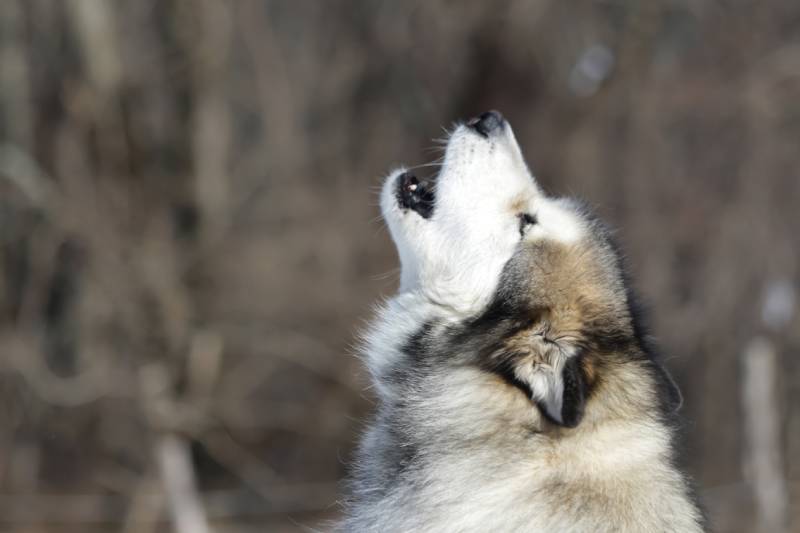
Tips to Live with a Malamute in an Apartment
Living happily with a Malamute in an apartment is possible despite the challenges. If the apartment has enough space for your dog to stretch and stay comfortable during alone time and an outdoor area to release their energy, you can take them almost anywhere. Also you can follow the next tips to provide wellness to your pet:
1. Provide Enough Exercise
Because of their thick coats, Malamutes are primarily indoor dogs in warmer climates. But the space in the house shouldn’t matter much when they get the proper stimulation. It all depends on your input and routine.
Providing several walks instead of backyard play is fine if you have the time and energy to put in the miles. Alternatively, you can find a dog walking service or a daycare to help, giving your dog exercise and socialization while you’re away.
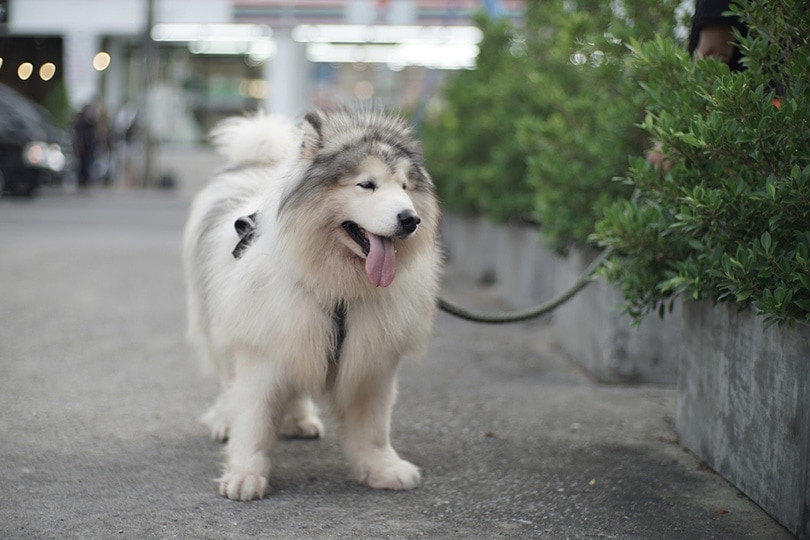
3. Socialize and Train Your Malamute
Socialization and training are paramount to success. A stubborn, independent, and often dominant breed like the Alaskan Malamute can benefit from professional obedience training, and owners can learn vital strategies for keeping their dogs calm and happy at all times in the home.
Apartments near fenced-in dog parks can be a practical alternative to a backyard for a place to play. Plus, it gives dogs time to meet others and improve their social acumen. Perhaps more importantly, your dog should be acquainted with your neighbors.
Ideally, they’ll meet your Mal one-on-one, but even walking your dog around the neighboring apartments can accustom them to the sounds and smells of others. Scent-trading will help them understand nearby pets, making it easier for them to relax.
4. Talk to Your Vet
If you’re considering moving to an apartment with a Malamute, you may need to iron out some behavioral issues that won’t fly in the new space. Your vet is the best starting point, as they can assess the source of the behavior and offer advice on changing it.
Howling, for instance, can have several causes, and you might have to work with a behavioral specialist. A conversation with your vet is the quickest way of diagnosing the issue and finding cost-effective solutions.

5. Provide Enrichment
Exercise outside the house isn’t always enough to prevent boredom and separation anxiety when you’re gone for extended periods. Malamutes need a mental workout or a job. While crate training will be instrumental in transitioning to alone time, the enrichment devices you leave for your dog will ensure their satisfaction.
Loaded Kongs and treat dispensing toys will give your dog a chance to work for their food. Be careful in choosing treats and toy designs to avoid giving your dog a potential choking hazard. Taking it up a level, you can give your dog a smart interactive toy or set up a monitoring system to check in on them while you’re gone to ensure they’re safe and sound.
Final Thoughts
As with most things dog-related, a Malamute’s fit in the home is primarily up to the owner. Alaskan Malamutes aren’t the best dogs for an apartment, but with the proper outlook and approach, there’s no reason they can’t thrive.
Whether you’re an apartment denizen looking to adopt or a Malamute owner hunting for a new home, carefully considering your dog’s ongoing needs will make the transition as seamless as possible.
Featured Image Credit: Tatyana Kuznetsova, Shutterstock



